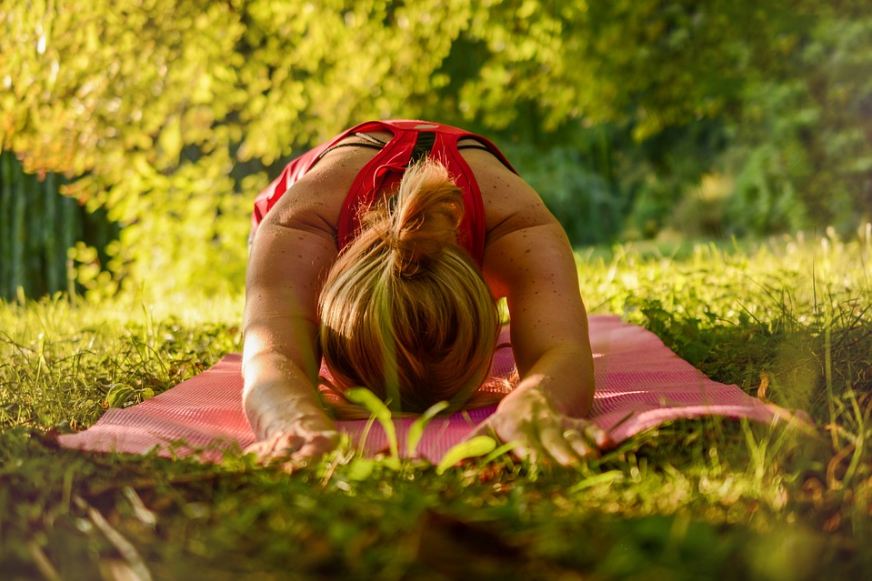Flexibility is one of the components of fitness, which is why stretching should be a part of your regular workout program. Stretching offers several benefits aside from increasing your flexibility, and it also helps improve your posture and reduce your body aches and stress. In this article, we will list down several benefits of regular stretching.
- Regular stretching helps decrease muscle stiffness and increase your range of motion – Regular stretching can help improve your range of motion, which can also help slow down the degeneration of your joints.
- Regular stretching may reduce your risk of injury – Having a flexible muscle means it’s less likely to become injured if you make a sudden move. As we mentioned, regular stretching helps increase your range of motion in a particular joint.
- Stretching can help relieve post-exercise pains and aches – Stretching your muscles after doing some hard workouts can help keep them loose. It also lessens the tightening and shortening effects that often lead to post-workout pains and aches.
- Regular stretching can help improve your posture – Stretching regularly allows the muscles in your shoulders, lower back, and chest to have better alignment, thus improving your posture.
- Regular stretching helps manage or reduce stress – Having well-stretched muscles hold less tension, so it can help you feel less stressed.
- Stretching can help enhance muscular relaxation and reduce muscular tension – Having chronically tense muscles tend to go out of their own circulation. This results in the lack of supply of essential nutrients and oxygen in your muscles. Regularly stretching allows your muscles to relax.
- Stretching helps improve your mechanical productivity and overall functional performance – As we mentioned, stretching can give you flexible joints. This means you need less energy to move, even in a broader range of motion. Having a flexible body can help improve your overall performance because you will exert more energy-efficient movements.
- Stretching can help prepare your body for the stress of exercise – Do not forget to do some stretching before you exercise because it allows your muscles to loosen up. This means that you would be able to withstand the impact of the exercise you choose to do.
- Stretching improves blood circulation – Stretching helps increase the blood supply to your joints and muscles. This means that your body will have better nutrient and blood transportation from your feet to your head even if you perform rigorous tasks.
- Stretching can help calm your mind – Stretching your muscles regularly does not only make you flexible, but it also helps calm your mind. When you’re stretching, we suggest that you focus on meditation exercises and focus on mindfulness to give your mind a mental break.
Stretching Techniques
Several kinds of stretching techniques are dynamic, ballistic, static, passive, PNF, and active stretching. However, the most common forms of stretches are dynamic and static.
Static stretches are a technique where one holds a stretch for a comfortable position for about 10 and 30 seconds. This stretching technique is most advantageous after you exercise.
On the other hand, dynamic stretches involve more active movements, which cause your muscles to stretch, but in this technique, the stretch is not detained in the end position. Dynamic stretches are usually done before doing some exercise, and it aims to get your muscles ready for movement.
Whether you’re an experienced athlete or you’re just starting to exercise, you can find benefits from having a regular stretching routine. All you need to do is incorporate 5 to 10 minutes of dynamic and static stretches into your daily workout, which will significantly improve your posture, increase your range of motion, and ease your mind.

